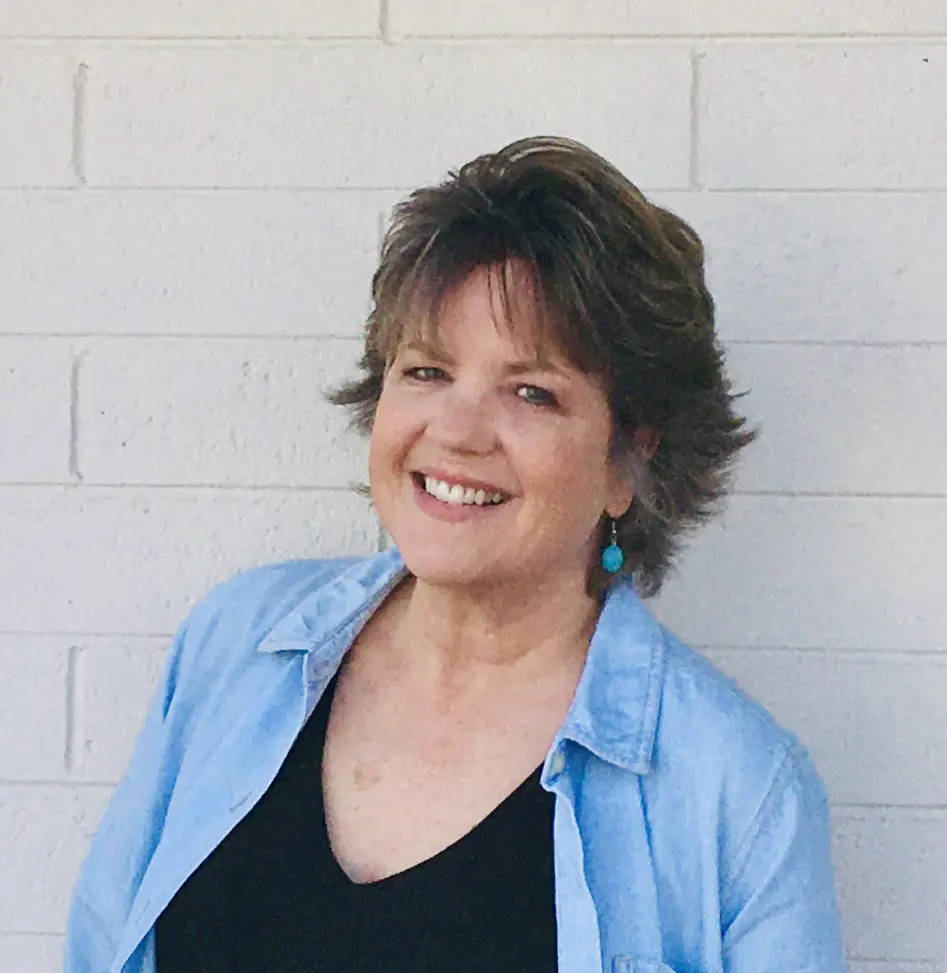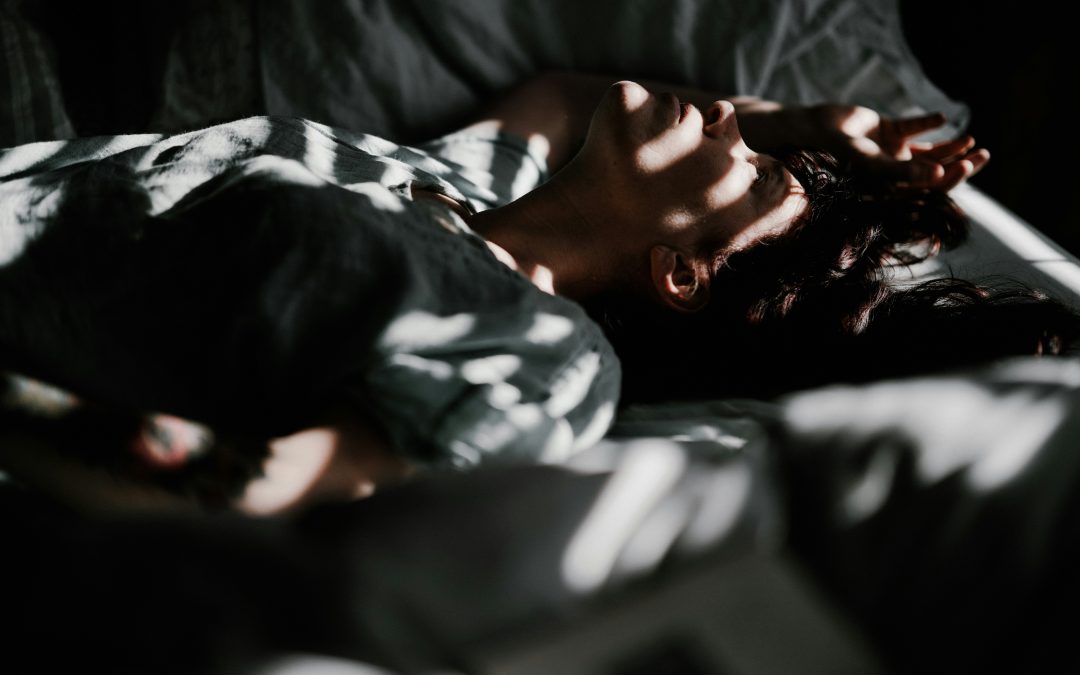What Childhood Trauma Teaches Us
In my childhood, the possibility of being attacked was everywhere. I never knew what my parents were going to do. Even when I was away at school, I remained terrified I would make some small mistake that would get reported to them. Grades were a constant source of terror. I learned to read my parent’s moods, but no one, not even me, could get it right 100% of the time. Inevitably, something would happen, or perhaps nothing would happen, and I would be the brunt of my mother’s rage and my father’s frustration and anger. Beatings, denigration, and isolation — all these and more — would be my punishment. I learned some lessons of childhood well:
The world is not a safe place. People are not safe. Something bad will always happen.
My response? Control everything as much as possible. Always be on the alert. Don’t trust anybody. Those lessons saved my life as a child, but as an adult, they wreaked all kinds of havoc, not the least of which was insomnia. I didn’t know how to explain to my sleep therapist that these were not just negative thoughts. These were survival mechanisms that kept me alive and I could not turn them off just because I wanted to.
CPTSD and Insomnia
Survivors of childhood trauma do something called splitting or dissociating. Different parts of ourselves carry trauma from different times in our lives. In a way, I was living as a six-year-old still stuck in that house of horrors with all the sorrow, fear, loneliness, and powerlessness that accompanied it.
That’s what CPTSD looks like and that was what was behind my insomnia. Over the years, I had a hard time embracing the little child that was me. She was too vulnerable, too powerless, and too hurt. But as long as I refused to deal with her suffering, more CPTSD symptoms took charge, including insomnia. Healing this type of trauma is like peeling an onion, and I have now come to a very deep layer.
When insomnia kept me up at night, I often sifted through the past—grieving or just trying to make sense of it all. Problem-solving is what the brain is supposed to do. But this was problem-solving of a different kind. One that stayed in endless loops without resolution, causing hyper-arousal to override my sleep drive night after endless night. I would google my abuser’s names and sometimes look at their pictures posted on Facebook. I would ask myself questions that had no answers and wonder if doing something differently would have changed anything. If I wasn’t doing that, I would watch videos on the Holocaust or other images of suffering, all the while trying to figure out the meaning of life. No wonder I couldn’t fall asleep.
The Role of the Amygdala in Insomnia
The hyper-vigilance/hyper-arousal created by trauma was continuing to work without my knowledge or even consent. This process resides in a part of the brain called the amygdala.
Ah…yes…the amygdala. That area of the brain is mentioned so often in trauma work. The brain’s major processing center for emotions linking memories, learning, and senses. And listen to this, the part of the brain responsible for fight or flight! The part of the brain most damaged by the constant stress of early ongoing childhood trauma. I had never heard this about insomnia before, and frankly, having only arrived at the place where I felt I was well enough to work on my sleeplessness, I am shocked at how bad it is, how long it has gone on, and what an impact it has had on my life. I knew it was related to trauma, I just didn’t know how much.
This process also explains why I get so angry when listening to the usual so-called cures for insomnia. I’ve trained myself to be an insomniac. Really? Sleep restriction sounds like more abuse. On the surface, cutting out naps and only getting into bed when sleepy sounds legit. To a trauma survivor, it only adds to the suffering. Keep a sleep diary? All that did was light up my amygdala.
All of the above is why insomnia for trauma survivors is complicated. It involves much more than changing a few bad sleep habits. We must attack the core of insomnia—the trauma that caused it. I kept all the concrete suggestions my sleep therapist gave me, and then I went back to the drawing board. The threat response had kept me in flashbacks for most of my life, but I had been able to make significant improvements. I was able to feel joy, I could participate in friendships and relationships without feeling terror. If those things could heal, I knew insomnia could get better as well. Already my heart beliefs about insomnia were beginning to change.
I decided to stop trying to solve insomnia by working harder at it. If indeed sleep was a passive process, solving insomnia wasn’t going to come by doing the structural suggestions better than anyone else. It was going to come from a different direction.
Guest Post Disclaimer: Any and all information shared in this guest blog post is intended for educational and informational purposes only. Nothing in this blog post, nor any content on CPTSDfoundation.org, is a supplement for or supersedes the relationship and direction of your medical or mental health providers. Thoughts, ideas, or opinions expressed by the writer of this guest blog post do not necessarily reflect those of CPTSD Foundation. For more information, see our Privacy Policy and Full Disclaimer.

Rebekah Brown, a native of the south, now resides in the Great American West. Surviving a complicated and abusive family system makes her unique writing style insightful as well as uplifting. Rebekah is the proud mother of two and grandmother of four.




